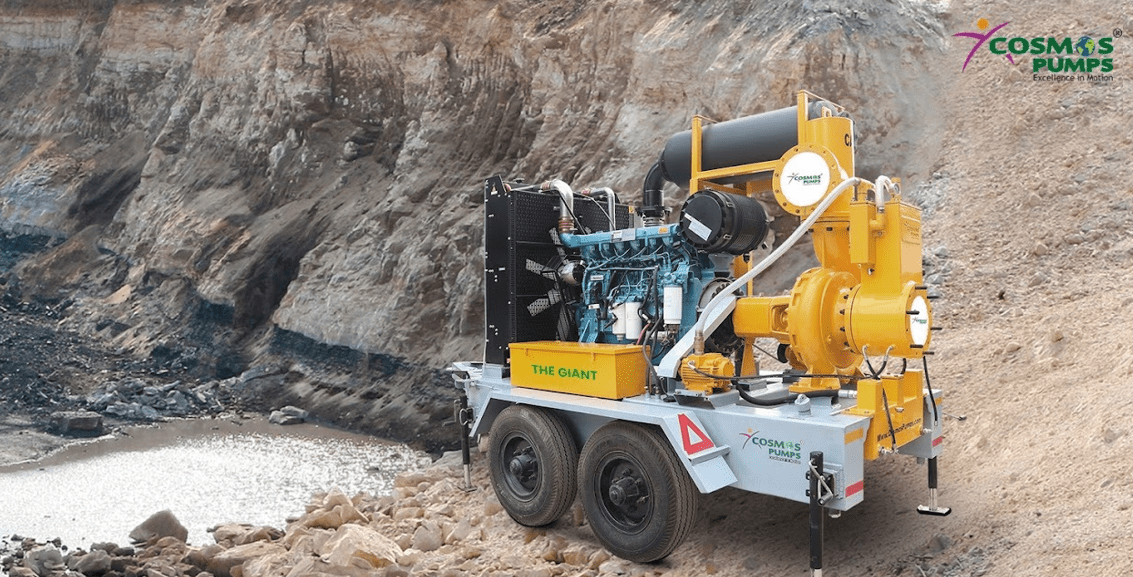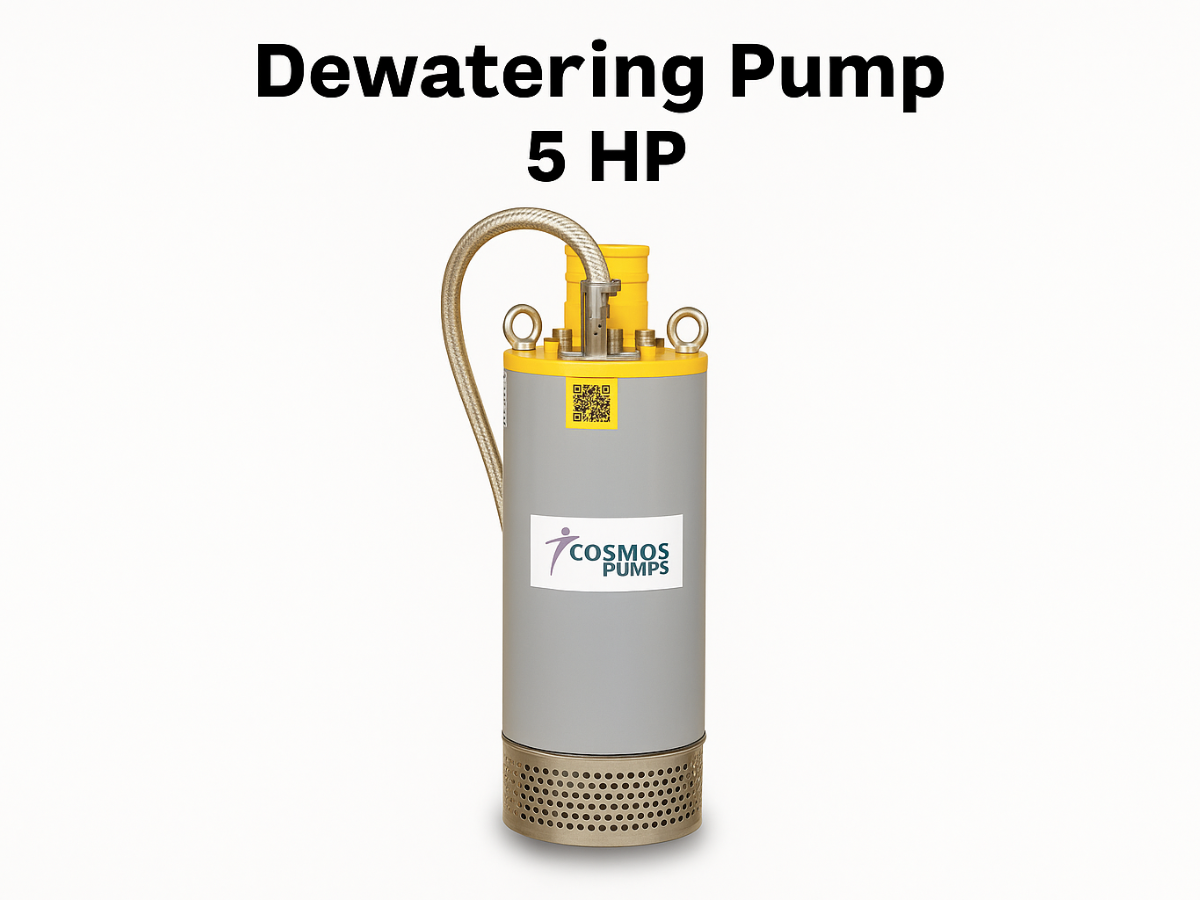
Does your yard need to be emptied with a Right Dewatering Pump? Therefore, purchasing a dewatering pump on a whim and then crossing your fingers is not an option. This is simply due to the fact that Portable Submersible Pumps in India have a wide range of applications, so you should exercise caution and select wisely when purchasing or leasing the best dewatering pump for your business or yourself!
A Dewatering Pump: What Is It?
The first step in purchasing a dewatering pump is to educate yourself on the subject! Anywhere you choose, the dewatering pump will remove unwanted water! Because they can be applied to so many different situations, these are the most adaptable kinds of water pumps. The primary function of the dewatering pump is to extract the clogged water from the intended place and move it to the alternate site.
Picking the Right Dewatering Pump: 5 Tips
The size of the pump: The amount of water that needs to be removed should be taken into consideration when choosing the pump size. If the pump keeps running for an extended amount of time, you should rent more than one.
Inlet Size: The inlet size of dewatering pumps can vary from 1 inch to 4 inches or larger. No matter the size of the inlet, they all function in the same manner, sucking in water through an inlet valve and expelling it through a discharge valve. A 4-inch dewatering pump works far more quickly than a 1-inch pump to finish a task. Any size pump, for instance, may drain a pool. Larger pumps can finish a task faster due to their size difference. It’s important to keep in mind that you must use the intake or suction hose that corresponds to the size of your pump. Keep in mind that you should NEVER decrease the inlet/suction hose’s diameter.

Features of the Low-Oil Shutoff Dewatering Pump: As everyone knows, proper operation of gas-powered engines requires lubrication. This is where engine oil helps, which keeps the engine from overheating. It is a simple fact that an engine will not receive lubrication if there is no oil, and this ultimately causes damage.
Therefore, you should never purchase a dewatering pump without considering this function. If a dewatering pump has a “low-oil shutoff feature,” it will sense a drop in oil pressure and immediately stop the engine, preventing further damage.
Pump flow rate: It goes without saying that it is never safe for a dewatering pump to empty a site too quickly. As a result, you need to install a pump that will flush the site water at appropriate volume and time.
For instance, the ideal pumping rate for a small site is 20 liters per second; however, this won’t be enough for a larger site. All of these are mostly dependent upon the project’s or site’s size and the amount of groundwater present.
Roll cages for dewatering pumps: Roll cages are installed on diesel dewatering pumps for safety reasons. A dewatering pump’s roll-cage serves as protection for the pump if it falls or anything falls on it.
Another advantage of roll cages is that they make it simple for machinery to raise the water pump on site. This feature can also prevent equipment theft if you need to leave your equipment on site for longer.
Rubber mounts placed between the pump and the pump’s protective roll cage serve as anti-vibration dampening. Because of this damping, the pumps stay where they are and don’t rattle. When in use, it will also produce less noise.
You must find out what precautions the manufacturer has made to prevent clogging before selecting a dewatering pump.
This was only a broad summary of dewatering pumps. However, you should always speak with the manufacturer directly, like Cosmos Pumps, about the requirements for particular applications. This will be really beneficial!

